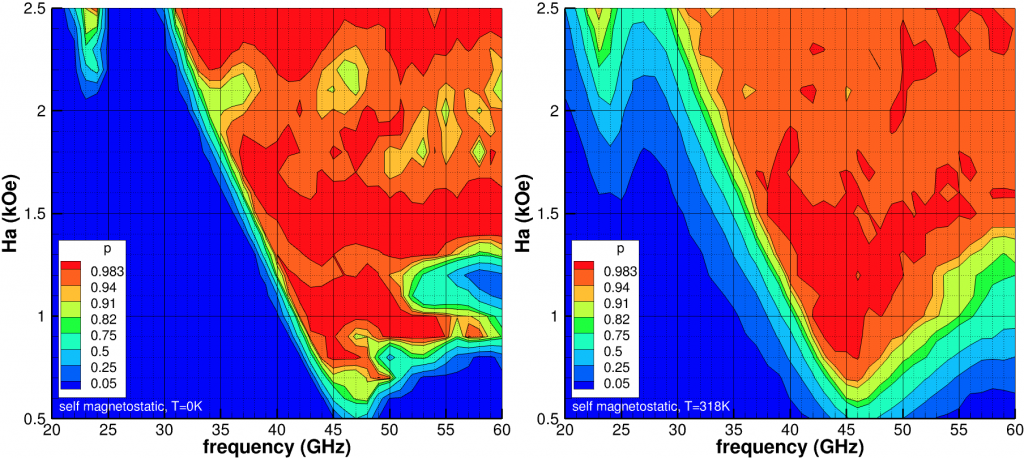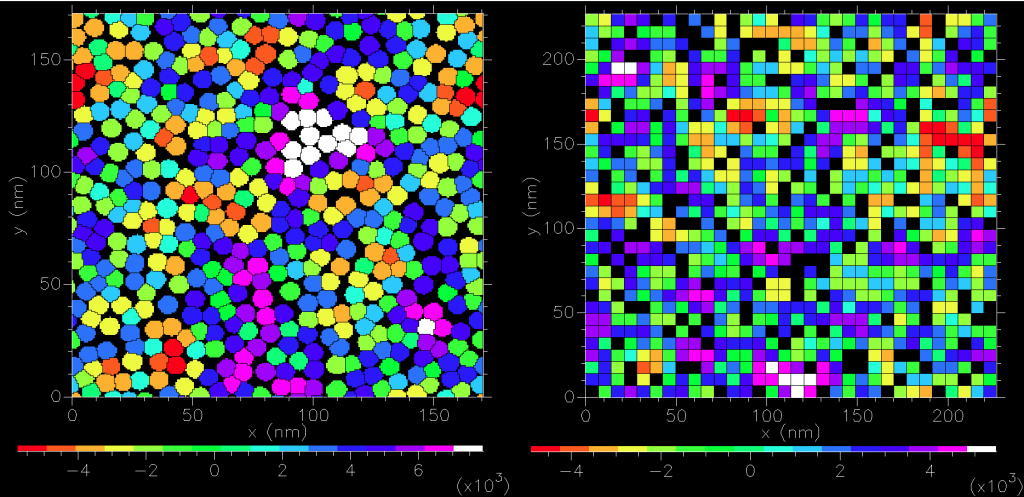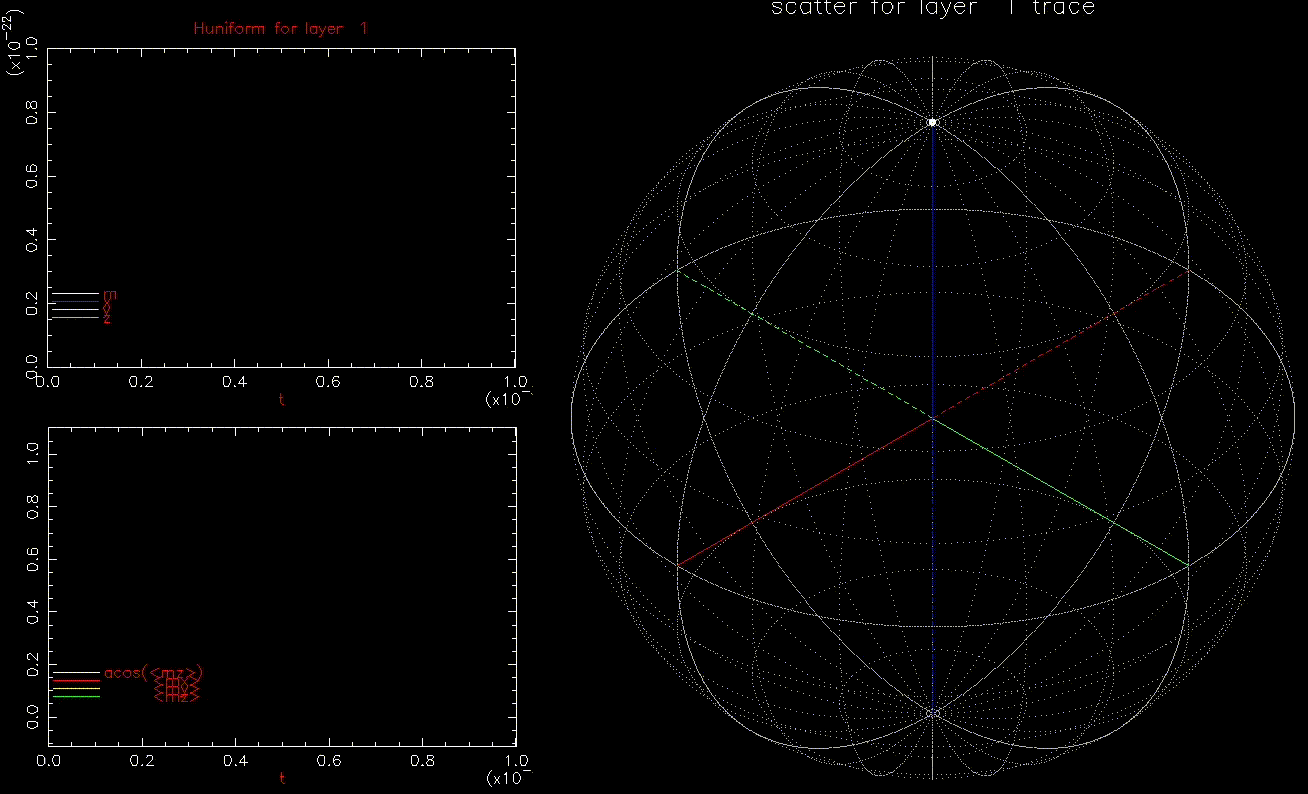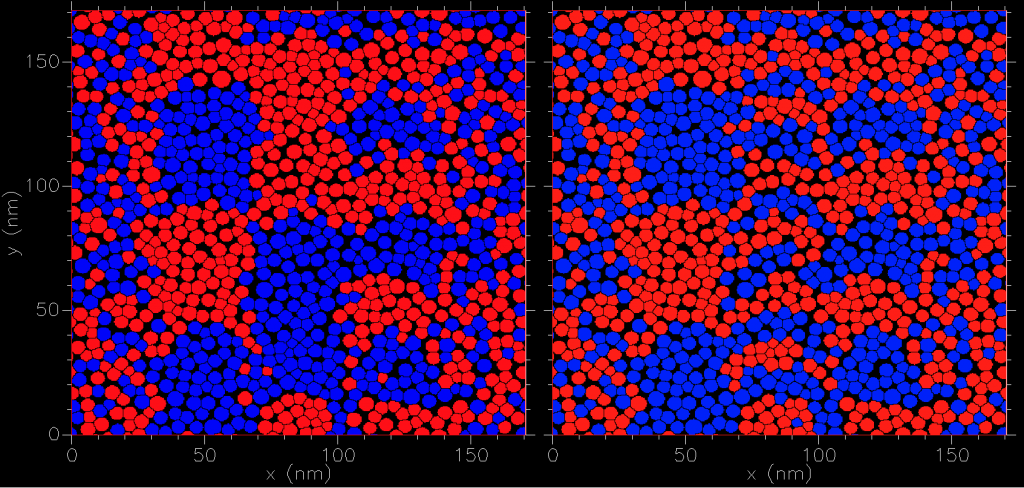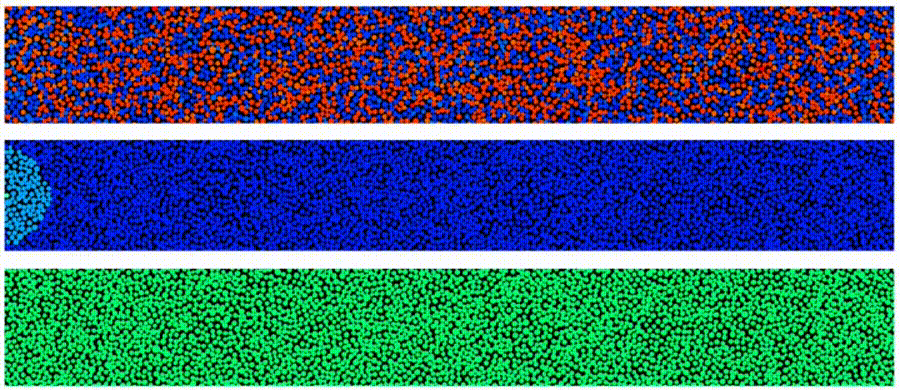First impressions of Apple Silicon
My MacBook Pro 17″ (2.2GHz Intel i7, AMD Radeon HD 6750M, 16GB RAM) has been replaced by a new MacBook Pro 16″ (Apple M1 Pro, 10-core CPU, 16-core GPU, 32GB RAM). While the old Intel MacBook Pro has served me well for over 10 years, it has been fixed (free!) three times for the dreaded overheating graphics card....
AWS Graviton2, Batch and multi-arch docker
Amazon Web Services (AWS) introduced a new 64-bit ARM Neoverse core which they named Graviton2 about a year ago with wide availability in June 2020. Marketing claims they provide up to 40% better price performance over x86-based instances. A footnote clarifies with “20% lower cost and up to 40% higher performance based on internal testing with varying characteristics of compute and memory requirements”. As you know, details can be important....
unconventional magnetic recording
Given the previous posts on magnetic recording, we are now in the position to look at unconventional magnetic recording. In other words, instead of applying a write field of sufficient strength to switch magnetic grains, we look at other ways to switch a magnetic grain. This has become to be known as “energy assist magnetic recording”. In future recording systems this will be required since there is a limit on the applied field one can produce in a small area....
ProDice for iOS
We are pleased to announce an update for ProDice (v1.1)! ...
on modeling infection
Compartmental models are often used to simplify the mathematical modeling of infectious disease. The population is split into compartments and it is assumed each individual in a compartment has the same characteristics. While this may appear to be rather crude, such models have shown to accurately model previous infectious outbreaks[1]....
2019 HPCwire Editors’ Choice Award
Work on standing up a 1 million-vCPU AWS cluster won a 2019 HPCwire Editors’ Choice Award!...
Desktop Icon Manager 4.0 for macOS
We are pleased to announce a new version of Desktop Icon Manager (DIM) for macOS. DIM is a simple application which memorizes and restores icon positions....
ProDice for iOS
We are happy to announce ProDice available at the App Store....
dice, orientations and quaternions
Generating random rolls of 6-sided dice is typically an easy task. Under iOS and Swift (4.1+), you can easily generate a random integer from 1 to 6 with the following Swift command:...
light-weight way to capture results from cloud HPC/HTC
For large HTC (or HPC) computations on the cloud, ‘spot instances’ (AWS-speak), ‘low-priority VM’ (Azure-speak) or ‘preemptible VM instances’ (GoogleCloud-speak) are the low cost options for compute. Of course, the challenge here is that these instances/VM can vanish at anytime. If you’re doing a large HTC task, you want to make sure you save your result (and/or checkpoint) files as soon as they are generated to persistent storage. Otherwise you lost the computation you just paid for....
cost effective high-throughput computing in the cloud
High-throughput computing (HTC) is the term to describe the use of many computing resources over long periods of time to accomplish a computational task or job. Robustness and reliability of jobs over a long-time scale is a key concern. The metric for HTC is jobs per month. Typically the jobs are loosely-coupled....
persistent storage (part 2)
In a previous post, we show how to ‘randomize’ names on object base persistent storage to avoid service rate limits. We did not actually reduce the cost of object storage....
“one million core” cluster in the cloud
Originally posted on LinkedIn. A more technical presentation from HEPiX Spring 2019 Workshop @ UC San Diego, CA, USA. This work won the 2019 HPCwire Editors’ Choice Award for Best Use of HPC in Manufacturing....
macOS automation
In a vain attempt* to get Desktop Icon Manager (DIM) into the Mac App Store, we wrote a class that simply ‘hides’ or ‘reveals’ the Desktop icons with a notification. Quite useful when giving presentations (alas, our Desktops are usually ‘messy’ with current work)....



